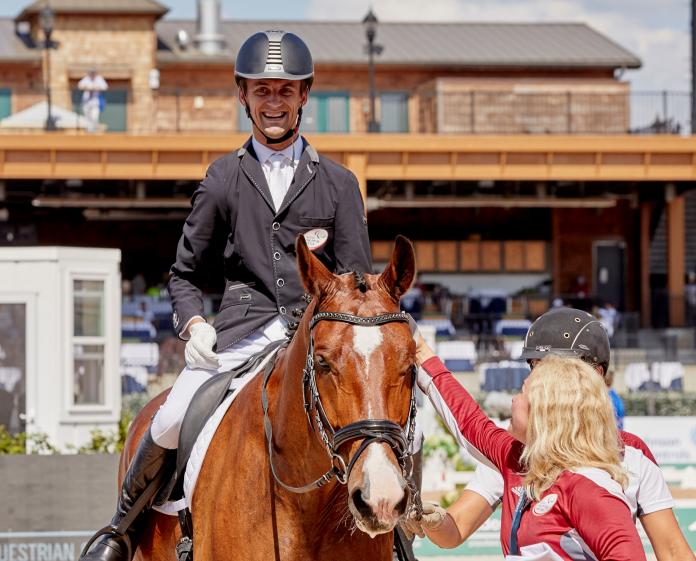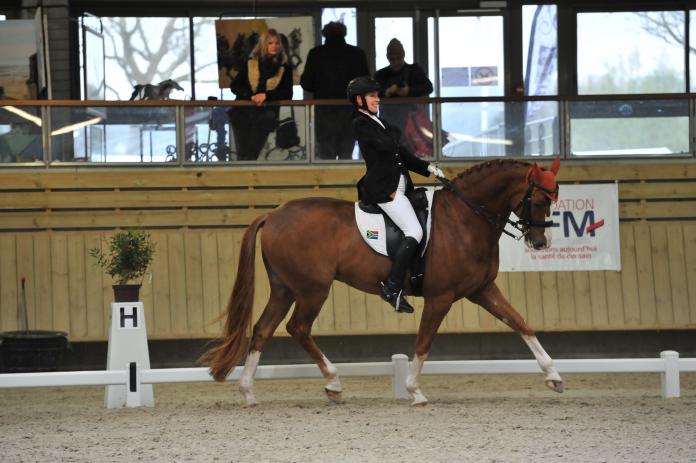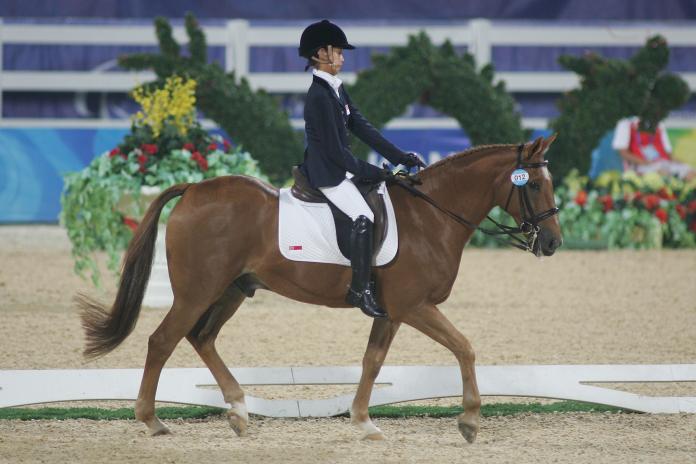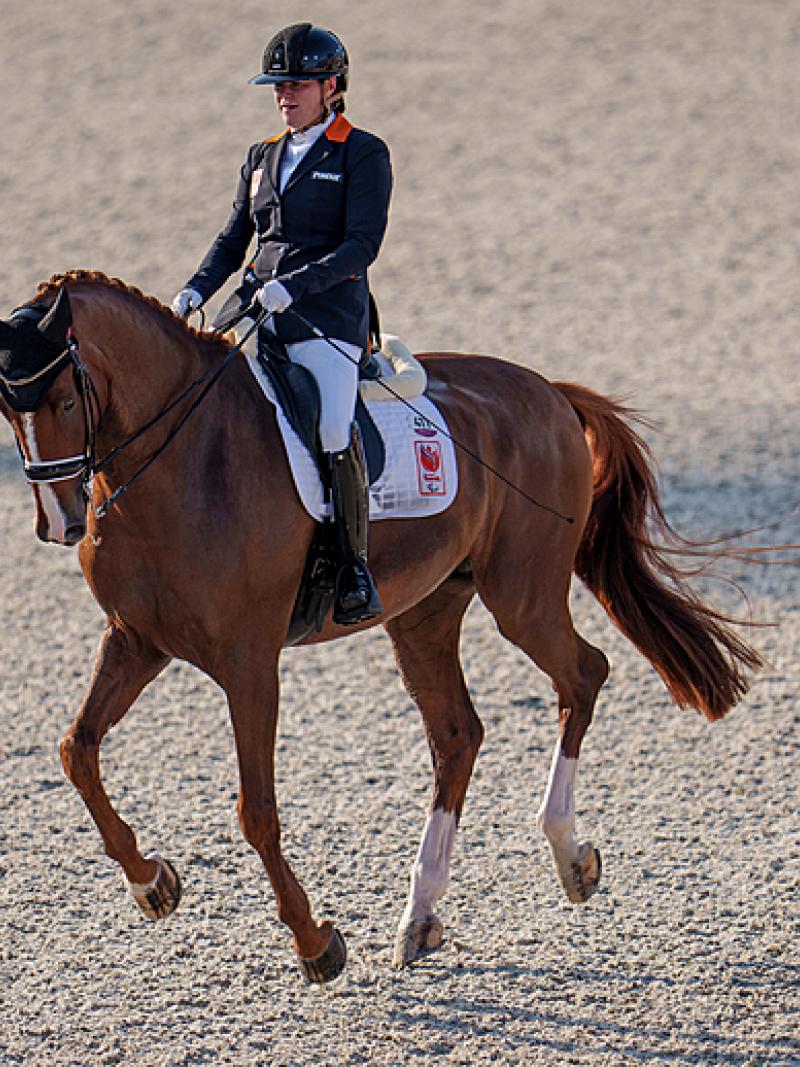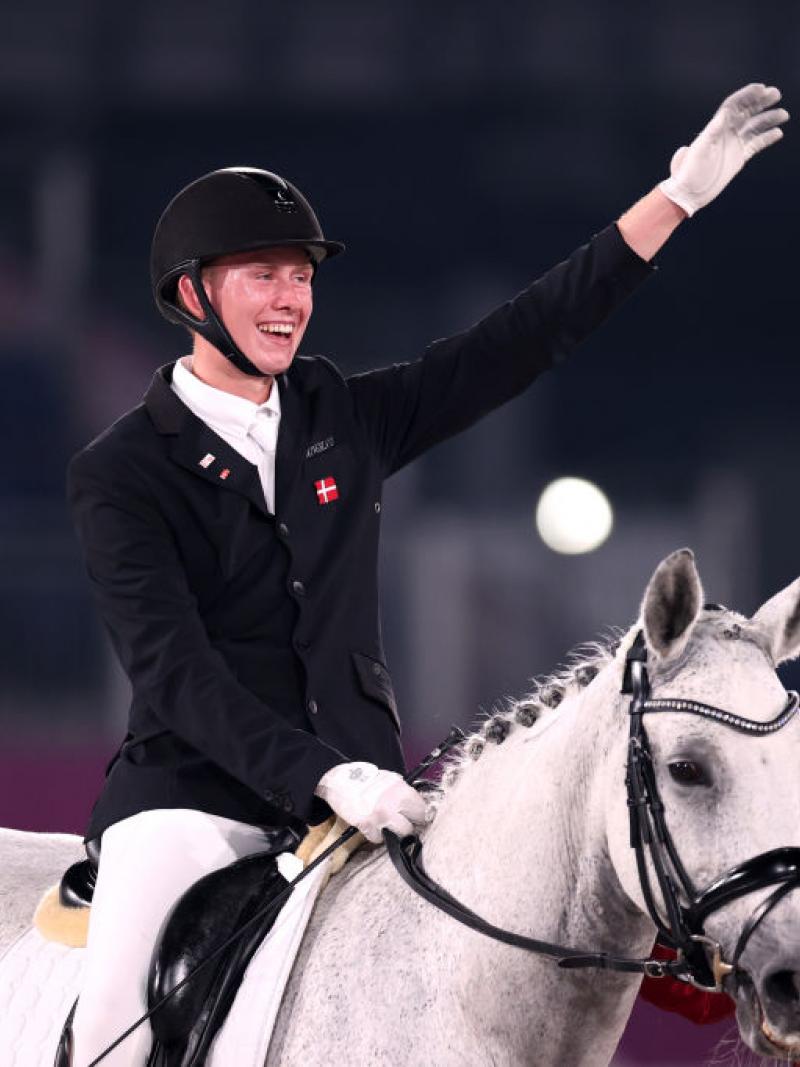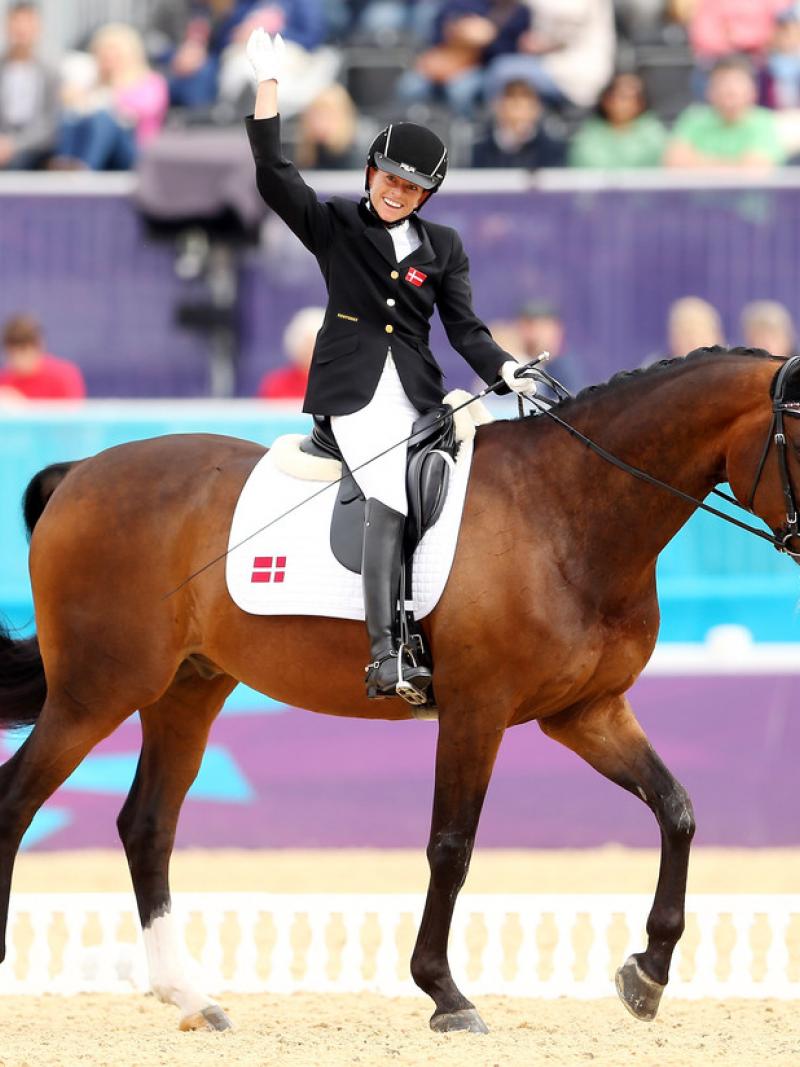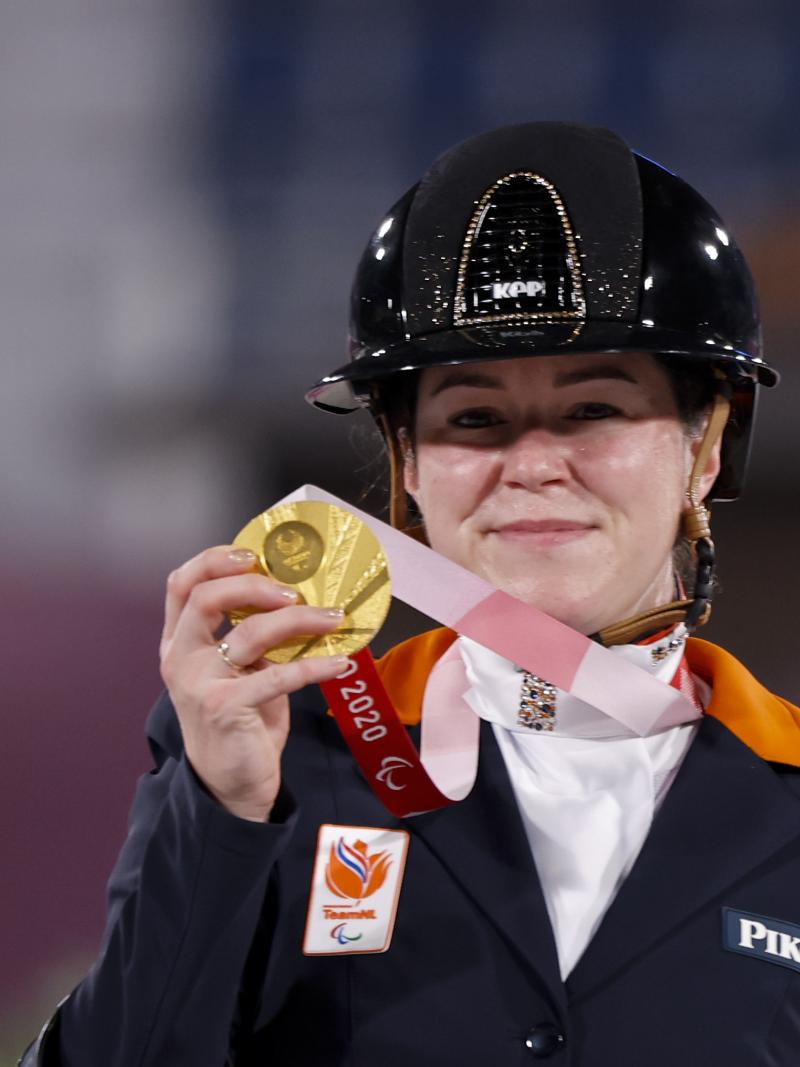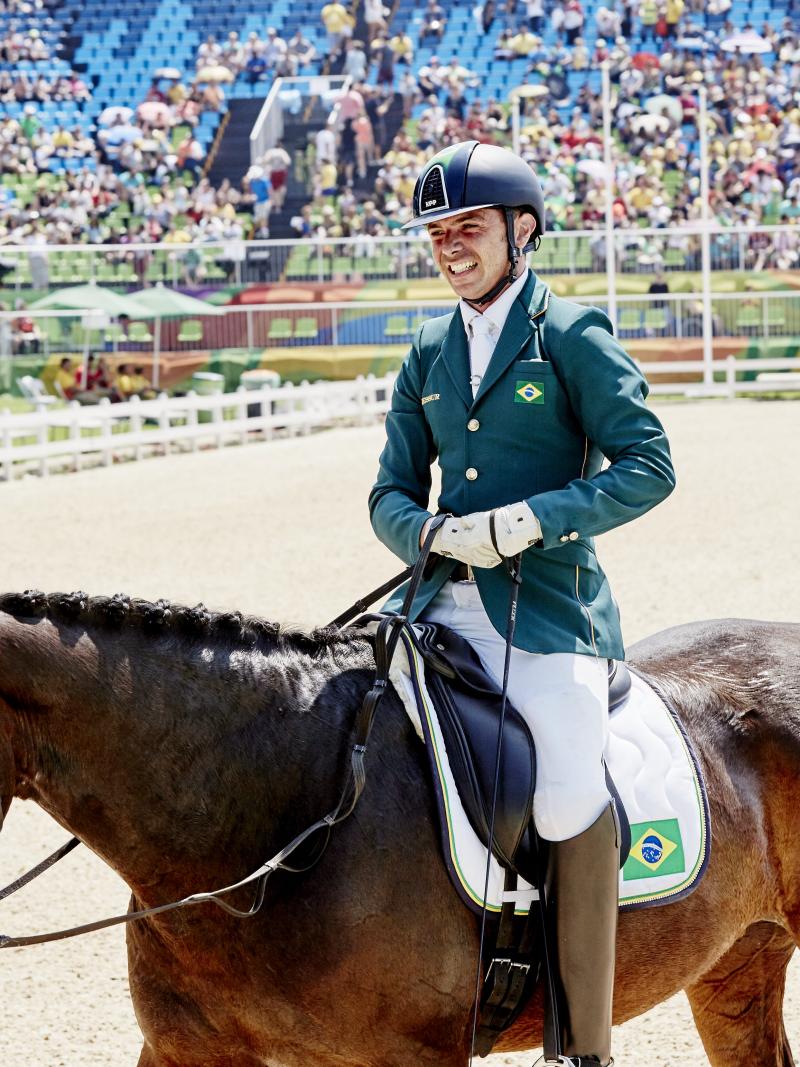Para equestrian, when horse and rider venture into complete harmony
Horses in Para Equestrian are hard to find because they need to have the right feel for the athlete and the right biomechanics to suit the disability 10 Jan 2024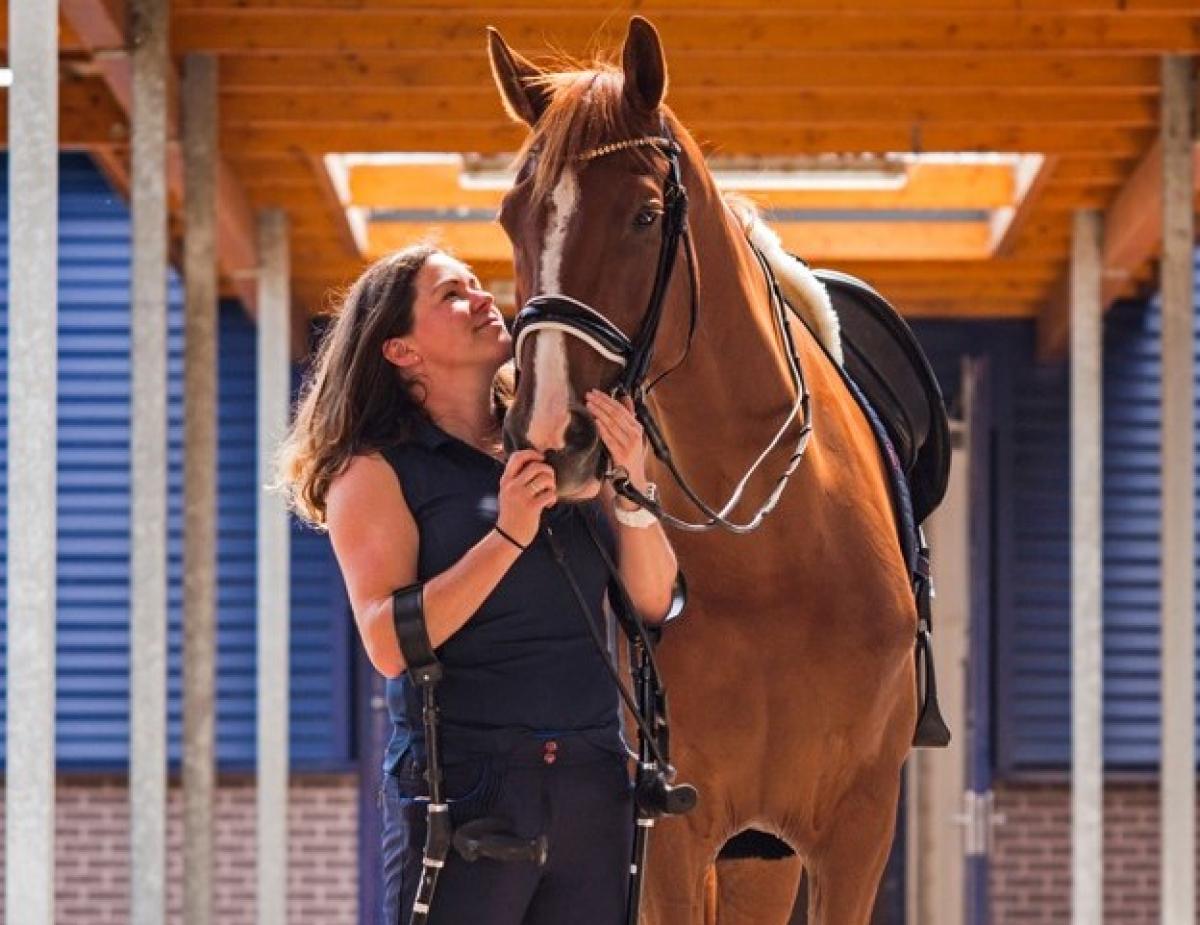
It is more than 25 years since The Horse Whisperer was released in cinemas worldwide, telling the story of an extraordinary bond that can exist between human and equine.
Nowhere is the link better illustrated than in the world of Para equestrian where rider and animal must work in tandem to gain the best results.
Often the impaired rider has to place his or her trust totally in their powerful steed.
Horse lottery
In the early days of Para equestrian at the Paralympic Games, competitors rode borrowed horses provided by the hosts. There was a short period of training and the whole system often came down to luck.
Athens 2004 Paralympic Games saw athletes on their own horses for the first time. While it was a step in the right direction, only a few riders owned their own rides so they had to be borrowed for Atlanta 1996 and Sydney 2000 Games.
Since then the sport has evolved, particularly when it come to the type of horse that is being used.
“Para dressage is coming so close to dressage, in what judges want to see from horse and rider,” said Rihards Snikus of Latvia, double silver medallist at Tokyo 2020.
“Ten years ago, or even in Rio (2016), you needed a fluent horse who just walked and did nothing.”
The late Hope Hand, founder, president and executive director of the USA Para equestrian association, represented her country at Sydney 2000. She had a theory that the horses could sense that their rider needed looking after.
“Some horses seem to know intuitively when a rider has special needs. They become more attuned and patient to the Para rider and behave themselves—more so than they might with an able-bodied rider really pushing them along.”
Special delivery
Para equestrians have to find and develop their own style of communication with their horse.
Where necessary, athletes are allowed to use special equipment and aids. These include specially designed saddles that assist the rider with balance and support, the use of elastic bands to keep their feet in their stirrups, whips in each hand, and adapted reins.
Of course, that means horses need to be specially trained to adapt to the equipment. Before that, though, the rider needs to find the perfect partner – and they could come from anywhere.
For instance, a field in England, like Fairuza, nicknamed Wonky, who is the ride of Canada’s Britain-based Bert Sheffield.
Wonky, who arrived in 2015, had never been handled and was in a herd of semi-feral driving-bred horses.
Gem of a find
“Something about her was special,” Sheffield told paralympic.org. “She watched us approach her family group, sceptical and proud, assessing us as much as we were assessing the horses.
“It was obvious she was very intelligent with the presence and quality to be my international Para partner. Since then, I have grown to adore this big, headstrong, powerhouse of a mare.”
The perfect Para horse is harder to find than the standard dressage horse. It needs to have movement, looks and trainability but also the right outlook for the particular rider, the right feel for that rider and the right biomechanics to suit that rider's disability.
Centre stage
Belgian Para dressage rider Manon Claeys and her black gelding San Dior won two bronze medals at Tokyo 2020.
When he arrived in 2016 he had a reputation for being difficult, having been rejected by unimpaired dressage riders.
“That was the reason I was able to buy him in the first place,” Claeys said. “Otherwise he would have been too expensive or not for sale at all.”
Sadly San Dior has since been retired through injury.
Healing power
Beijing 2008 double gold medallist Philippa Johnson-Dwyer’s preparations for Tokyo 2020 were unusual, to say the least. The South African needed open heart surgery and cancer treatment in the run-up so had just two months to train her new horse, Just In Time, after seven months out of the saddle.
“I was able to become a kid again,” she told paralympic.org. “I could go into the stable and cuddle my pony. And that’s all I could do.
“I couldn’t groom her, I couldn’t do anything [with her], but I could cuddle and kiss her and give her carrots. I think that made an amazing connection between us.”
Demmi the delight
Sanne Voets, of the Netherlands, won two gold medals and one silver at Tokyo 2020 and will not hear a bad word said about her partner now but first introductions did not go down too well when she first met Demmi (Demantur RS2 NOP).
"It wasn’t the easiest of starts," Voets told paralympic.org. “When I first tried Demmi I immediately fell off him, even before I was properly in the saddle. “Now our bond is very special.”
Sound effects
Natasha Baker’s first challenge when she finds a suitable mount is to teach her horse to understand her verbal commands.
The six-time Paralympic gold medallist has very little feeling from her hips down after a virus – transverse myelitis – at 14 months left permanent nerve damage, weakness in her legs and a loss of balance.
“I have to train my horses to different aids and be reliant on my voice. I train my horses to the smallest of noises or words so they know exactly what I’m asking,” the Briton stated.
“It can be a simple sound so they know that I want to go more forward or a command like ‘trot’ under my voice, and they know exactly what I mean.”
Dancing partners
Singapore’s Laurentia Tan, four-time medallist at London 2012 and Beijing 2008, has cerebral palsy and was born deaf so her first challenge is knowing when the music begins and ends.
“The reins are like a telephone line which makes my conversation with my horse soft, steady and elastic,” Tan said.
“All my horses have been my dancing partners. They lend me their legs and their wings. I may not be able to dance on my own two feet, but on a horse we can do ballet together.”
The final word
Michele George, of Belgium, won two gold medals at Tokyo 2020 – matching her London 2012 double – with Best of 8.
“The mare is fantastic. She’s like my daughter. I’m not kidding.”





